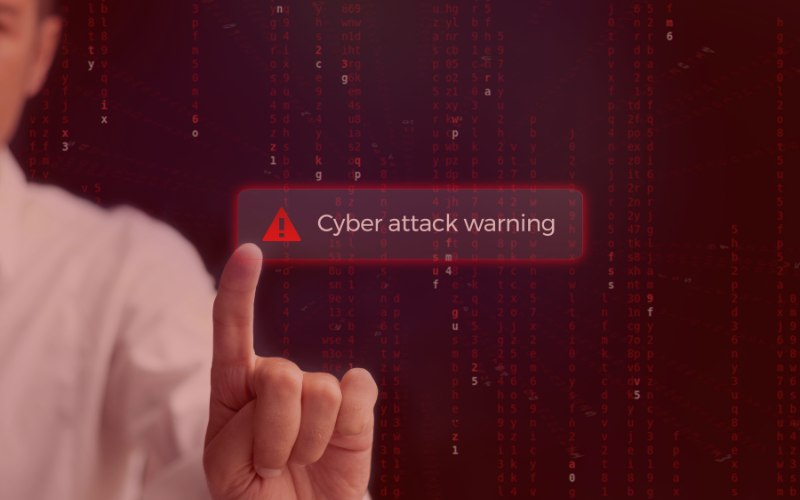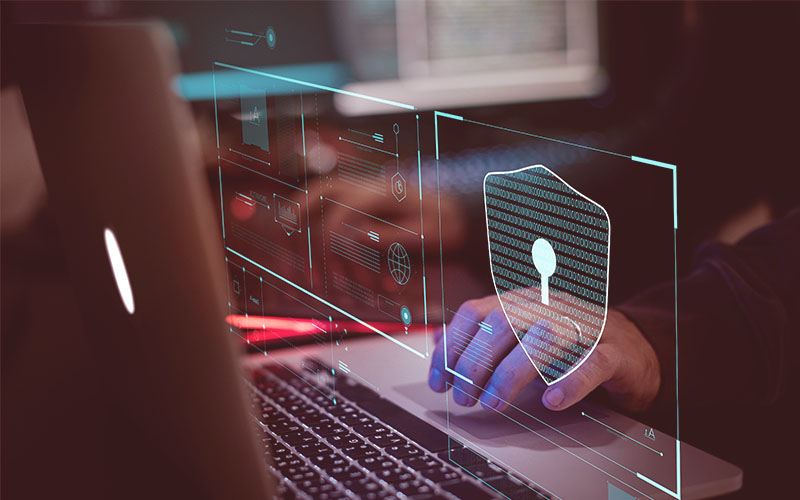Latest trends in cyberattacks
By Eduard Bardají on Jun 10, 2024 2:08:56 PM

In the realm of cybercrime, new methods of cybercriminals violating our rights and taking advantage of them are constantly being detected.
Next, we will explain the latest trends we have detected in the field of cybercrime.
The use of AI as a tool to launch cyberattacks
With the increase in the use of generative artificial intelligence, cybercriminals have new tools to launch more sophisticated and, therefore, more effective attacks.
In the case of phishing techniques, AI is used to create messages on a massive scale, much more credible and convincing, so that recipients of these messages do exactly what the cybercriminals want.
One phenomenon in which artificial intelligence is on the rise for launching cyberattacks is Social Engineering. This concept refers to the techniques used by cybercriminals to persuade and manipulate their victims and obtain a benefit from it.
One of the most recent examples of the aforementioned is the case of a CFO of an American multinational who was deceived with 'deepfakes.' He was tricked into believing he was in a meeting with his company's executives when, in reality, he was on a video call with a group of cybercriminals who persuaded him to transfer about $25M to an external account.
Use of 5G as an entry method
5G offers incredibly fast connection speeds and lower latency. This can be used by cybercriminals to launch their attacks much more quickly and effectively.
Cybercriminals are faster
According to CrowdStrike, in 2023, the average spread time of a cyberattack is 62 minutes. The same report specified that the fastest recorded attack last year was carried out in just 2 minutes and 31 seconds.
For example, DDoS attacks, which aim to disable a service or infrastructure, can be executed much more quickly thanks to the low latency and enhanced bandwidth of 5G connections.
Attacks on IoT devices
5G enables the massive connectivity of IoT devices, and if the interconnected devices lack cybersecurity measures, cybercriminals can access a larger number of victims more quickly, resulting in potentially catastrophic damage for a company.
La alza del ransomware para todo tipo de organizaciones
Although the percentage of organizations affected by ransomware has decreased compared to 2023, the cost of the attacks has increased to an average of $2.73 million, a 50% increase over the same period. The increase in the amount paid is directly related to the increase in the percentage of companies that ultimately give in to the demands of cybercriminals and pay the ransom requested.
The most affected sectors continue to be those that can harm the largest number of people possible, as these organizations are more likely to pay due to the sensitivity of the data they hold. For example, the public sector remains one of the most targeted, particularly central government organizations. The motives for the attacks have also diversified; they are no longer purely economic but also respond to geopolitical interests.
In the field of cybersecurity, you can never overlook any sign of threat that arises because for every new technology that emerges, new ways to compromise our privacy will come along with it.
These are some of the trends seen so far this year, but it doesn't mean that these will change or new cyberattacks will emerge, such as the mentioned Zero-Day attacks. Due to the use of increasingly innovative and sophisticated technologies, the creation of new cyberattacks is on the rise. To prevent them, it is essential for any company to have a cybersecurity specialist who implements computer security solutions tailored to their needs.
You May Also Like
These Related Stories

Complete guide on cybersecurity in Biotechs and Laboratories

How to protect shared folders to prevent data leakage.






.png?width=262&height=150&name=accio-10-negre%20(1).png)

